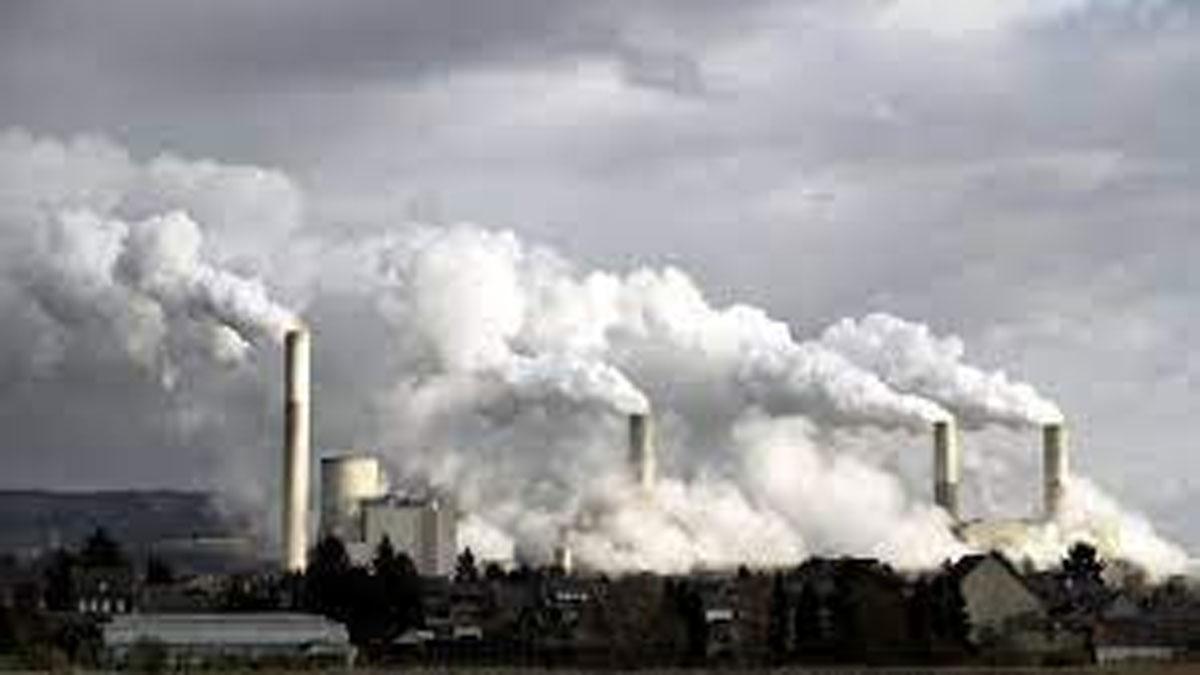Recent findings from Climate Central, a prominent organization of climate scientists and researchers based in the United States, have shed light on the concerning rise in global mean temperatures. Since 1850, temperatures have surged by over 1.3 degrees Celsius, with 2023 marking a new record high. A comprehensive analysis reveals that this increase has notably impacted the winter season, causing a disconcerting absence of spring.
Examining data from 1970 onwards, Climate Central has identified a significant trend across 12 out of 34 states and Union Territories, where the winter season is experiencing the most rapid warming. The principal driver behind this warming phenomenon is attributed to the escalating levels of carbon dioxide in the atmosphere, primarily stemming from the combustion of coal, oil, and natural gas.
The focal point of this analysis is to contextualize India within the framework of these global climate trends, particularly emphasizing the winter months spanning from December to February. By calculating monthly average temperatures for 33 states and Union territories, Climate Central has meticulously examined the period from 1970 to the present, recognizing it as the epoch of most pronounced global warming and the availability of consistent data.
For each state or territory, Climate Central has delineated the rate of warming for individual months as well as three-month meteorological seasons, gauging the change in state-average temperature since 1970. Additionally, anecdotal reports from many regions in India corroborate the vanishing of spring, with temperatures transitioning swiftly from winter chill to summer-like conditions.
Analysis indicates that every region under scrutiny has experienced a net warming trend during winter, with Manipur registering the most substantial change since 1970 (2.3 degrees Celsius) and Delhi recording the least (0.2 degrees Celsius). Notably, winter emerges as the fastest warming season for 12 out of the 34 states and territories, second only to autumn, which exhibits the highest warming rates in 13 regions.
Furthermore, distinct patterns in temperature fluctuations during the winter season have emerged, with southern regions experiencing robust warming in December and January. Conversely, the northern parts of the country witness weaker warming or even cooling during these months, with Delhi and Ladakh displaying notably low rates of warming.
However, a dramatic shift occurs between January and February, with all regions displaying warming trends in the latter month, especially pronounced in areas that previously experienced cooling or minimal warming. This contrast implies a potential for abrupt transitions from cool winter temperatures to significantly warmer conditions, traditionally characteristic of March.
To illustrate this transition, Climate Central has highlighted the disparity between January and February warming rates, with Rajasthan exhibiting the most substantial jump. Notably, nine states and territories have displayed a January-February difference of over 2 degrees Celsius, underscoring the widespread perception that spring has seemingly vanished from many parts of India.
Read also | A Russian Fashion Sensation Stepping onto the Lakme Fashion Week Runway
Read also | Ananya Panday Shines as Muse in Rahul Mishra's Sculpted Collection at LFW x FDCI


















